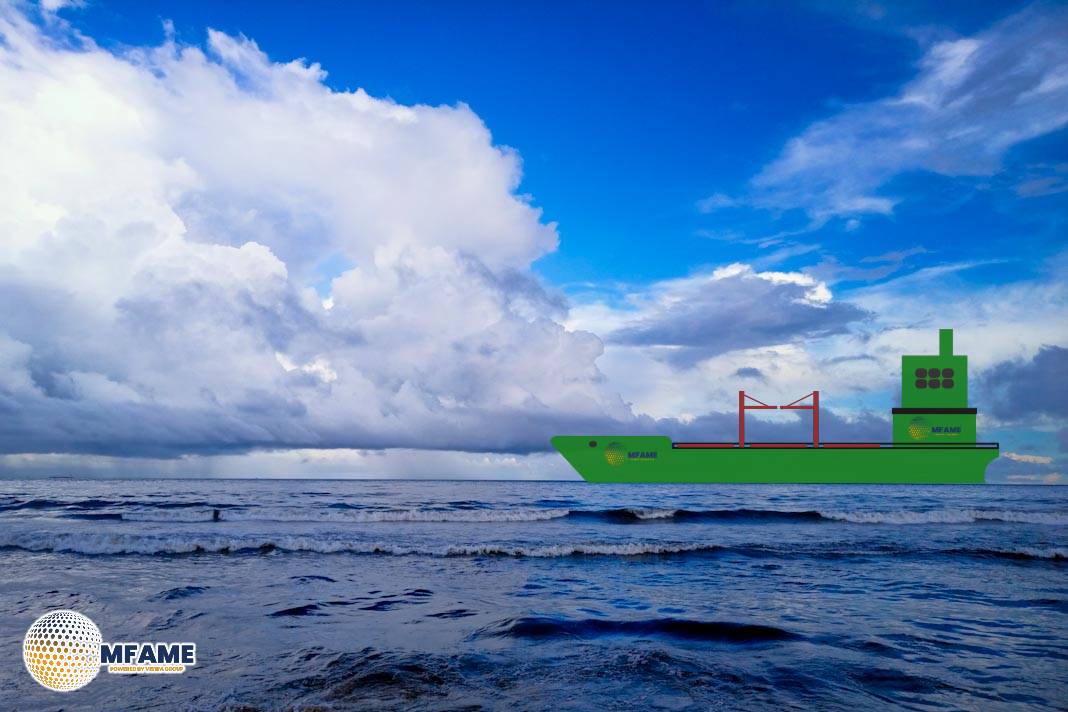- Compliance with Sanctions and Export Controls Crucial for Operators.
- Correct Classification Under IMDG Code Ensures Safety.
- UN-Certified Packaging and Container Integrity Vital for Transport.
Shipping military cargo is a lot more complex than just standard logistics. Whether it’s small arms or explosive materials, these operations demand meticulous planning, a solid grasp of regulations, and effective risk management. The IMDG Code is the cornerstone for safely handling hazardous military goods, reports Brittania P&I.
Navigating Sanctions and Legal Restrictions
Operators need to stay on top of international sanctions, export controls, and national laws like UN resolutions, EU regulations, or U.S. OFAC directives. It’s crucial to screen shippers and intermediaries to steer clear of cargo seizures, license suspensions, or insurance issues. Seeking legal advice is a smart move.
Correct Classification for Safety
Getting the classification right under the IMDG Code is vital for ensuring proper packaging, stowage, and handling. For example, Class 1 explosives vary from high-risk Division 1.1 to lower-risk Division 1.4S. Misclassifying these can put the safety of the vessel and crew at serious risk.
Packaging Standards and Container Integrity
Military cargo needs to be packed in UN-certified containers, often made of steel and equipped with shock-absorbing materials. These containers must adhere to strict structural standards, feature tamper-evident seals, and, when necessary, include tracking devices. Regular inspections and thorough documentation are key.
Paperwork, Authorisations, and Verification
Having accurate documentation, like Dangerous Goods Declarations, export/import licenses, and end-user certificates, is essential. Secondary verification is important to avoid misdeclarations, which could lead to detention, fines, or even legal trouble.
Vessel Readiness and Cargo Stowage
Not every ship is fit for carrying military cargo. Compliance with the Document of Compliance for Dangerous Goods is a must. Stowage plans need to take into account blast risks, heat sources, crew areas, ballast, and the overall stability of the vessel. Heavy or oddly shaped cargo might require special securing methods.
Protective Measures and Security Protocols
Military shipments are often prime targets for theft, sabotage, or diversion. To safeguard these shipments, security measures like seals, locks, tracking systems, and private security teams in high-risk areas are essential. The crew must keep cargo details under wraps and maintain strict confidentiality.
Fire Response and Emergency Preparedness
When it comes to emergency planning, having access to Safety Data Sheets, fire suppression systems, and IMDG Emergency Schedules is vital. Regular drills, protective gear, and a firm commitment to safety procedures can significantly lower the risks during onboard incidents.
Handling Intermediate Ports and Sensitive Goods
Intermediate ports need to allow the transit of military or dual-use cargo and must be equipped with the right infrastructure. To prevent delays or sanctions, it’s important to comply with port regulations, secure export licenses, and adhere to national preference acts.
Digital Security and Cyber Threats
As shipping systems become more digital, cybersecurity takes on a critical role. Any breaches can put sensitive information at risk or even lead to cargo theft. Operators should implement strict access controls, maintain segmented networks, keep software updated, and engage in continuous monitoring, all in line with IMO guidelines.
Did you subscribe to our daily Newsletter?
It’s Free Click here to Subscribe!
Source: Brittania P&I

















